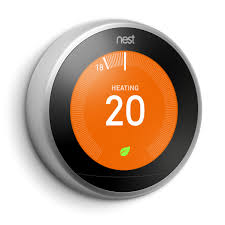Lower Bills Ahead?
It looks likely that with falling natural gas and oil prices household energy bills could slip below the government’s Energy Price Guarantee (EPG). One of the energy suppliers, Ovo Energy, have announced a 12 month tariff of £2,275 to existing customers that is below the EPG of £2,500 (for the average family home). If energy prices fall further it is not unlikely that deals could come on the market this summer for £2,000 per year. These deals are still almost double what they were before Russia invaded Ukraine, but it encouraging to see some competition return to the domestic supply market.
Energy price guarantee
The Energy Price Guarantee was brought in to protect consumers from the soaring price of gas and electric reflected by the Energy Price Cap (EPG). The Energy Price Cap has risen from around £1,000 per annum 2 years ago to a high of £4,279 this January. Therefore the government have been subsidising households this Spring to the tune of £1,800 per year. £4,279 minus £2,500 =£1,779. Now with prices likely to fall below the EPG the government will no longer be subsidising households to such an extent. It is possible that the Energy Price Cap will fall further from its present level of £3,280 to around £2,000 this summer.
Green energy investments for your home
Obviously forecasting oil and natural prices is fraught with danger. With OPEC announcing production cuts this week, and the price of crude rising sharply, nothing is written in stone. And with fighting still going on in Ukraine it is very hard to make accurate predictions. Therefore we still advise householders to use the rest of the year to improve the insulation in their homes, and maybe look at Green energy projects for their houses. The return on investment for Green energy is still good even with annual power bills around £2,000. Don’t forget that their are still government grants available for certain projects, especially installing Air Source Heat Pumps.



